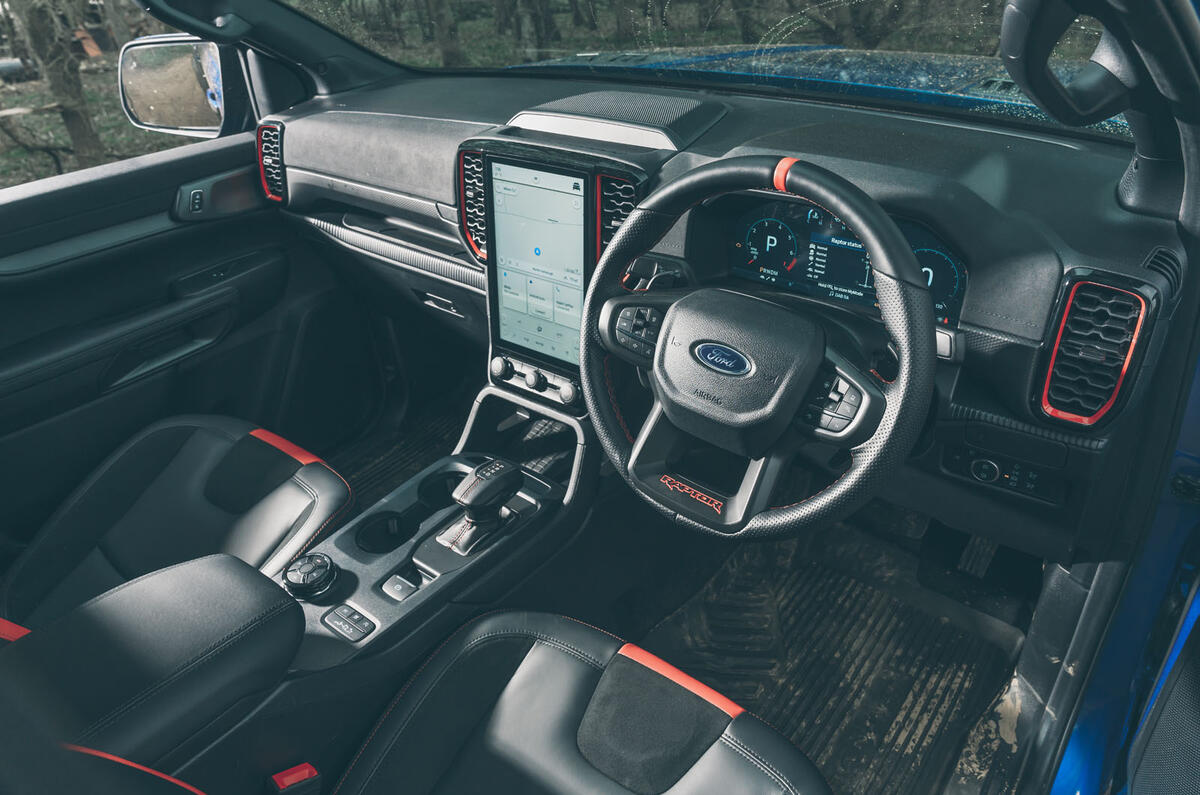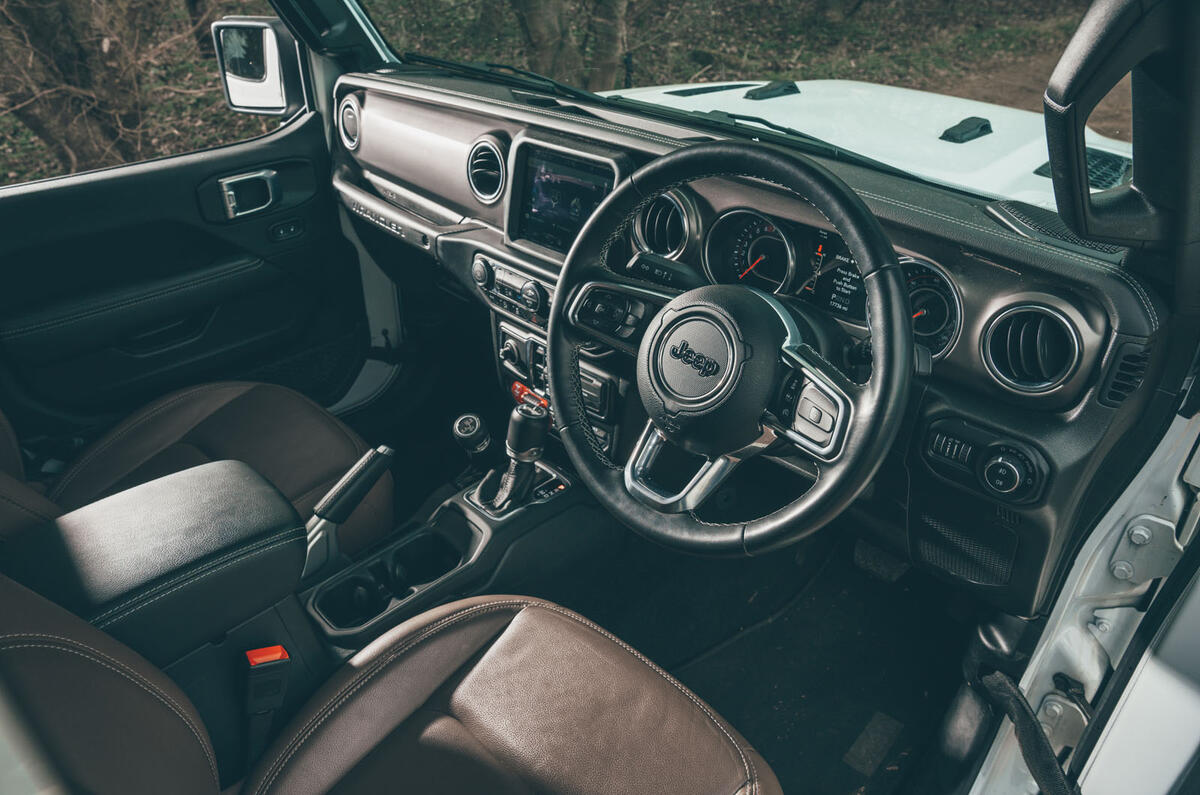If you want to know how wet it’s been, ask a farmer – or, failing that, the owner of an off-road driving centre.
I feel like I’ve been cold and damp to the core since October, but no, I’m told it has been so dry that extreme 4x4 drivers – mud-pluggers to the end – have found the quarry that we’ve come to already insufficiently challenging, even though it’s only the start of March.
As they’re not wading up to their eyeballs, they now won’t be happy until it’s warm enough to go rock-crawling by day and barbecuing by night.
But I don’t know. Two hours later, when I fish a front numberplate out of a water trough that has two feet of gloop the same consistency as a decent leek and potato soup, it still feels convincingly wet to me.

We’ve been having a go at getting these two cars stuck, see. They’re two of the most capable off-roaders on the market at the moment, even if mud isn’t necessarily at the forefront of their minds.
But which one is best? Read on to find out...
Quick links: Ford Ranger Raptor: introduction - Jeep Wrangler: introduction - Our car's specifications - Off-road performance - Interiors - Verdict and overall specs
Ford Ranger Raptor: introduction
The new car, and the reason we’re here, is the Ford Ranger Raptor. It has already impressed us in Spain, across a vast dry ranch where there was so much space that I could compete with colleagues to see who would get the most air underneath the wheels.
I’ve since had a go in the UK, too, and got on pretty well with it – but I think wide, open territories are where it shows its abilities most convincingly. And you feel less of a berk than you do on the M25.












































Join the debate
Add your comment
It's clear this was a paid exercise by Ford and Stellantis that Matt was happy to go along with. Firstly, the market for these two new in the UK is miniscule, feel free Matt to give us the numbers. Secondly, they are not competing in the same space, one is a pickup, the other a SUV. And thirdly, nobody in the UK who spends 60k on one of these has any intenrtion of going offroad, think of them as the modern day version of that weird guy you saw carrying a geto blaster around your city center back in the 80's.
Rather a strange comparison between two different types of vehicles,perhaps if Jeep UK could be persuaded to put the Gladiator truck on sale in the UK and equip it with a more suitable engine and offer it with the manual transmission it might be a different result, What is the most glaring feature is the price of the Wrangler here for the Rubicon it's £62,785 or £60,785 for the entry level Sahara plus add another grand for any other colour but white is ludicrous, it's no surprise that Jeep Wrangler sales in the UK have slumped with prices like this
This is a joke right? Neither of these things is a serious attempt at a car, on or off road.